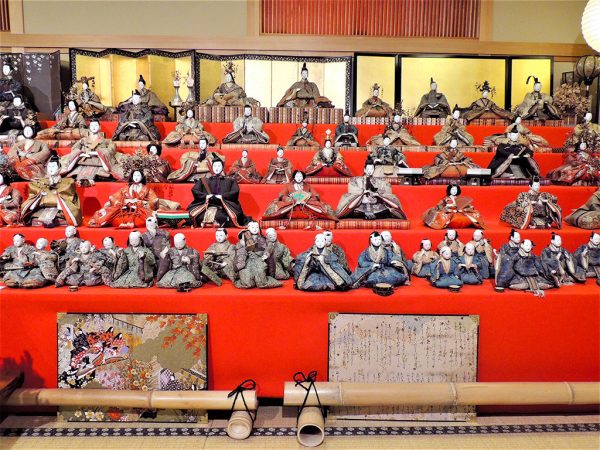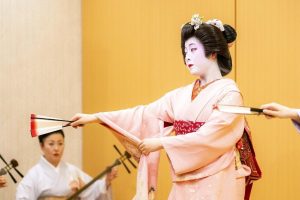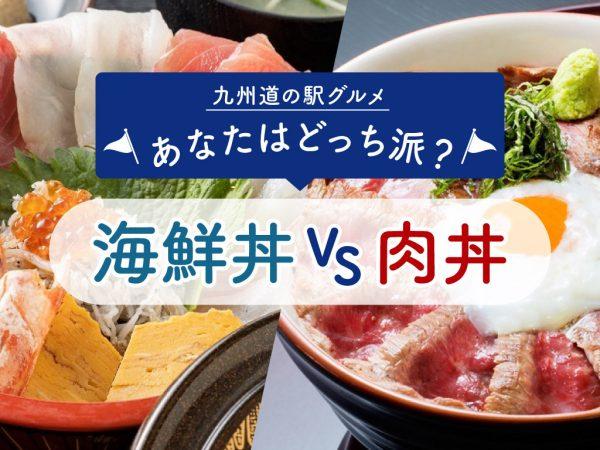Tara when you think of it!
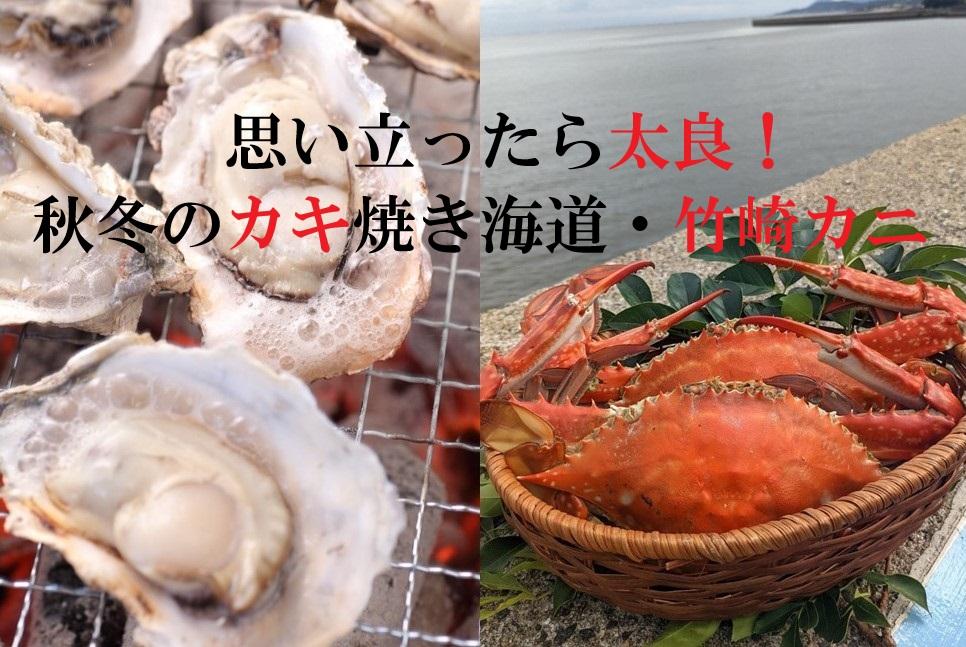
Tara when you think of it!
Oyster Baking Sea Route and Takezaki Crab in Autumn and Winter
Tara Town in Saga Prefecture faces the Ariake tidal flat, which has the widest tidal range in Japan, and its catchphrase is "a town where the gravitational pull of the moon can be seen. The Ariake Sea brings rich seafood, with Takezaki crabs throughout the year and oysters in the fall and winter being the prized products. National Route 207, which runs along the Ariake Sea, is lined with restaurants serving oysters and Takezaki crabs. There is also Takezaki Onsen (hot spring). So, if you feel like it, go to Tara.
The oyster grilling hut, a tradition in autumn and winter, is
The town of Tara is the birthplace!

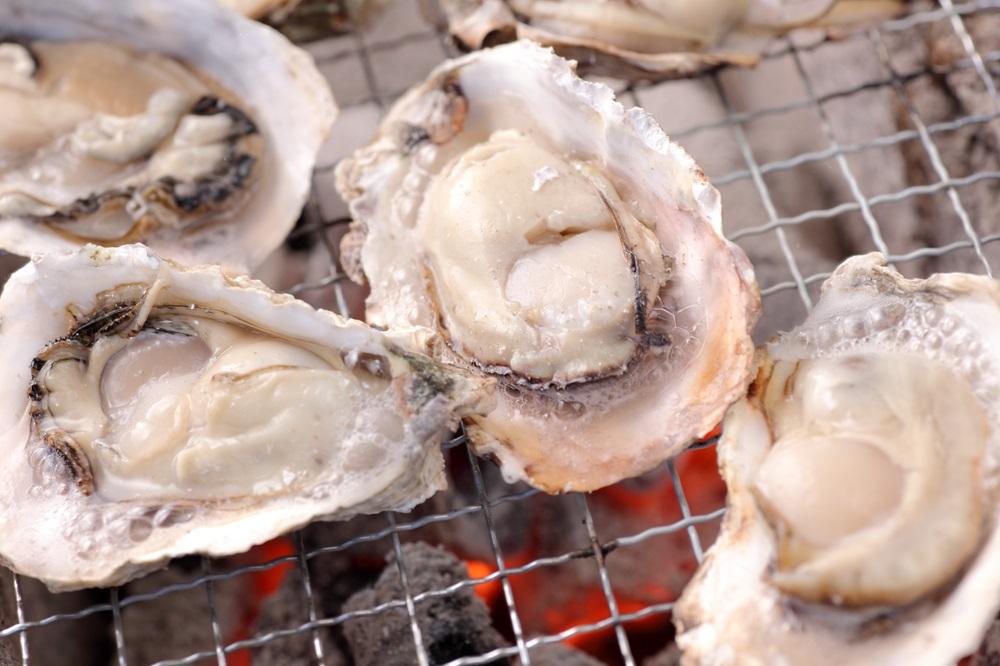
Oyster season is generally said to be from September to April, the months with an "r" in the English notation. Since this is also the time of year when the temperature of seawater drops, there are slight differences depending on the region of production. In the case of Tara Town, oysters are in season from mid-October to March. Oyster cultivation in Tara Town started in 2004, which is a rather short history. On the other hand, Tara Town is the birthplace of oyster grilling huts, and according to the tourist association, this was about 30 years ago. Hmm? The numbers don't add up.
In fact, it is said that oyster cultivation in the Ariake Sea began in the late Edo period (1603-1867) in the neighboring city of Kashima. Oyster cultivation flourished in the Meiji period (1868-1912), and at that time, the production of oysters was greater than that of Hiroshima. In other words, the Ariake Sea was an advanced area for "cultured oysters. Therefore, oysters were sold at seafood markets along the coast from Kashima City to Tara Town. About 30 years ago, a seafood store in Tara Town was grilling oysters over charcoal on a drum can set up in front of the eaves of the shop, when a passing customer asked if he could share the oysters because they looked so delicious. That was the beginning of the oyster grilling huts in Tara Town.
Why are oysters in Tara so good?
That's thanks to the Ariake Sea.
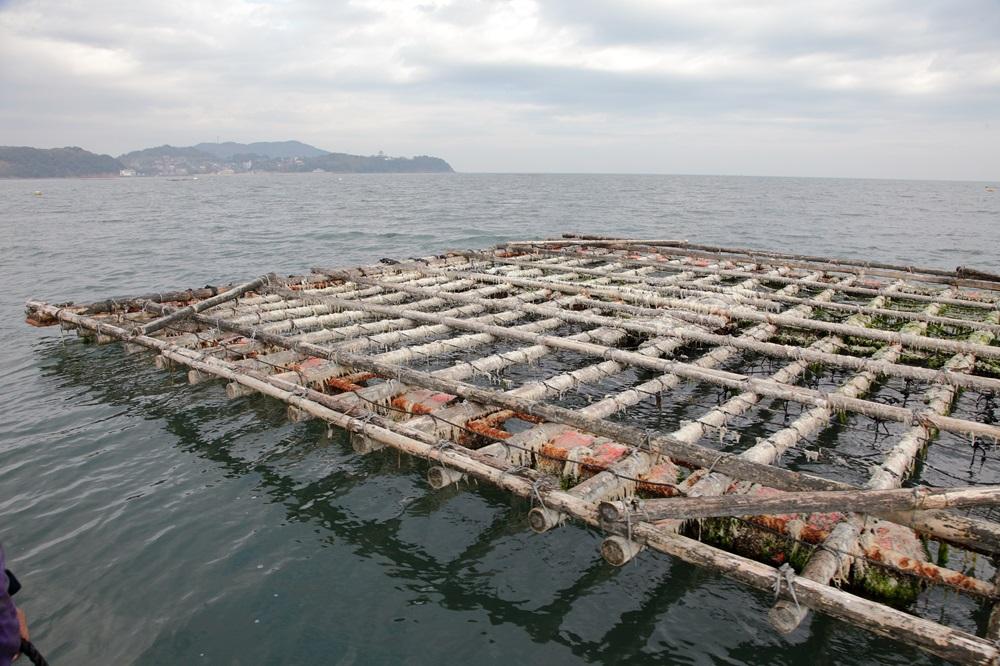
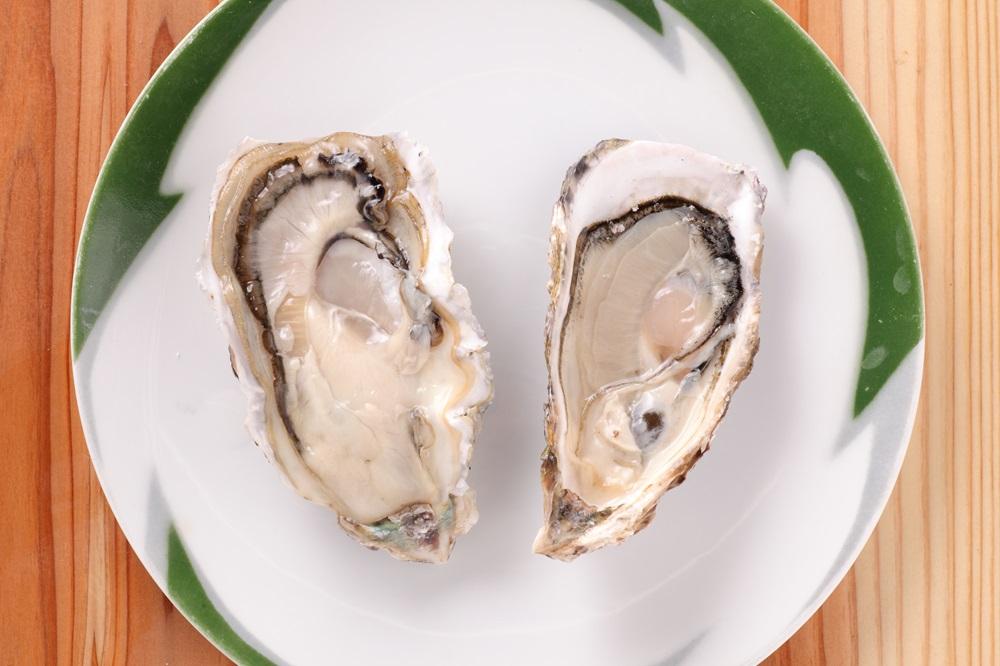
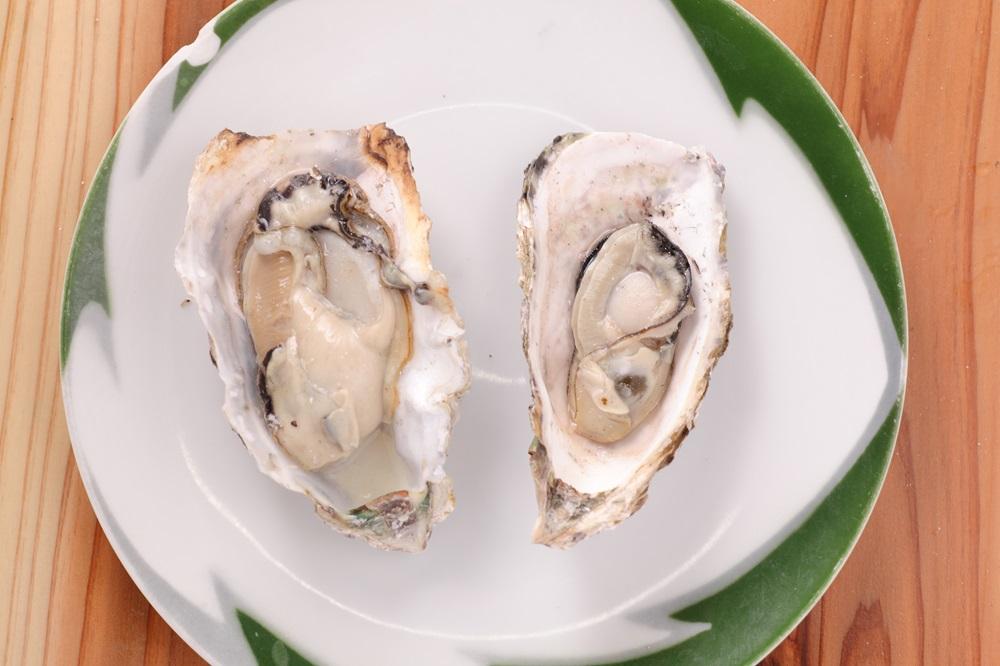
Oyster cultivation began in Tara Town about 20 years ago, as mentioned earlier. Originally, Tara Town boasted the highest production in Japan of tilefish caught by bare diving. However, over 20 years ago, the catch became poor and the situation became serious. The town then purchased oyster seedlings from Miyagi Prefecture, and after experimenting with oyster cultivation in the Takezaki district in the southern part of the town, decided to go into full-scale oyster cultivation. Oysters grown in the Takezaki area grow significantly faster than those in other areas, reaching the same size as two-year-old oysters in six months. Moreover, they are rich in glycogen, a nutrient. This means that even when grilled, the oysters have little shrinkage and retain their rich umami flavor and mouthfeel.
The photo above left shows Takezaki oysters before grilling (above/PC screen left) and oysters from other areas (below/PC screen right). Compare the size of the meat. The right photo is after grilling. As expected, Takezaki's oysters are less shriveled and have larger meat. The oysters are plump and juicy, and the delicious juices drip down into the mouth. It is a proof of rich glycogen. Incidentally, the name "Glico" is also derived from the glycogen in the Ariake Sea.
Dusting off the char-grilled oysters
Eat up all the delicacies of the sea!
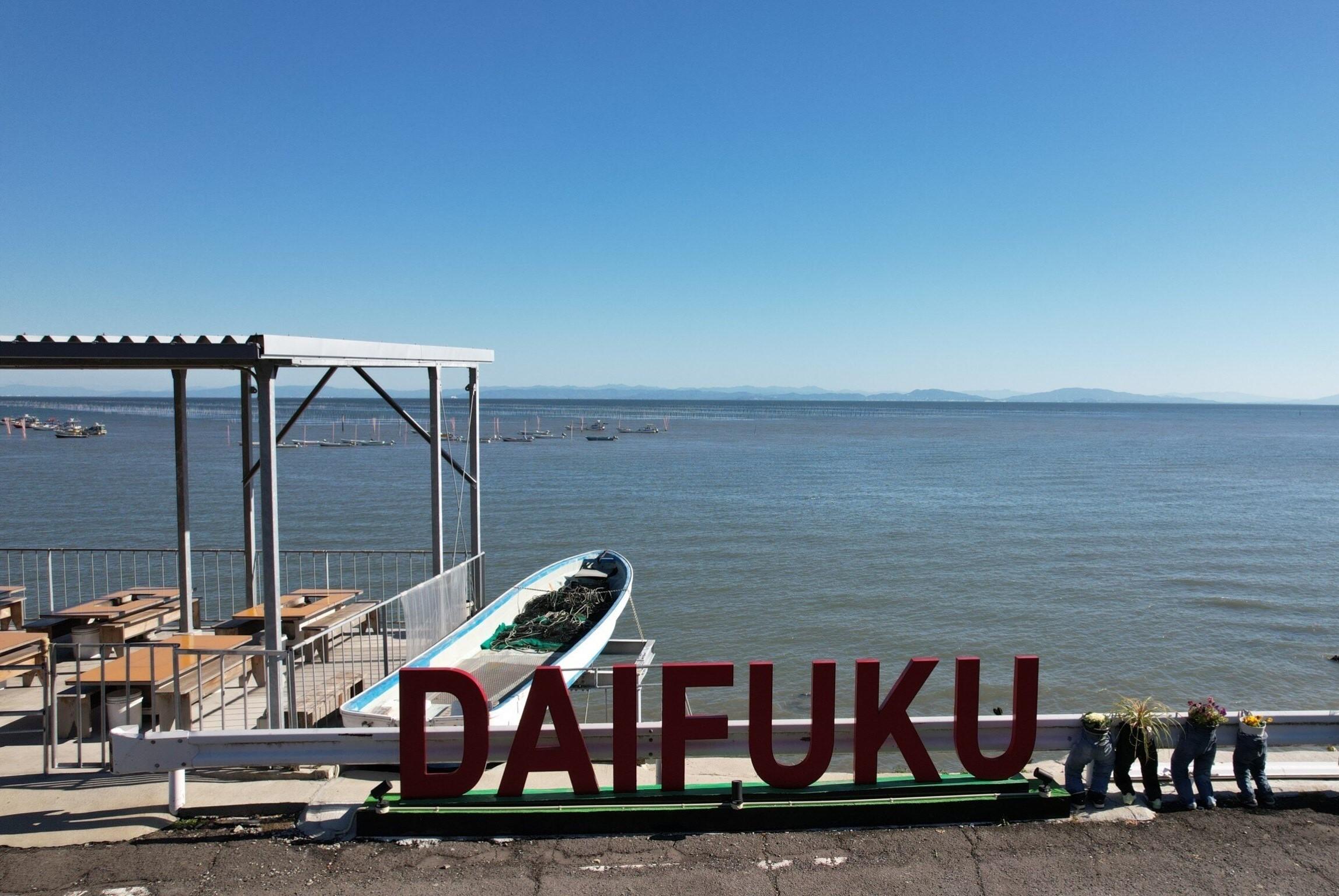
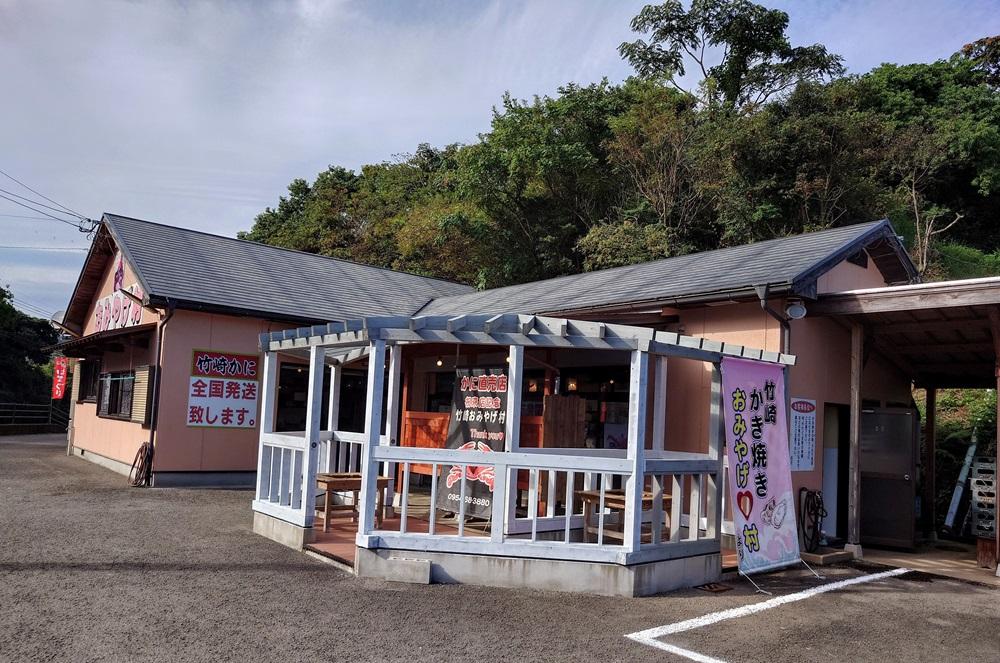
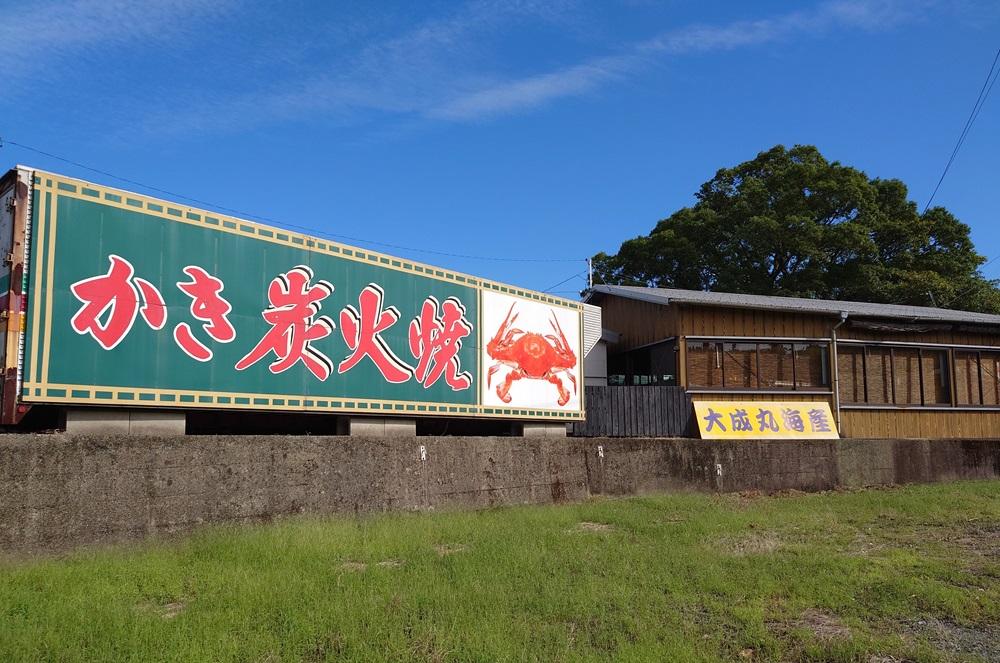
Along with the rapid development of "Takezaki Oysters" in Tara, the popularity of oyster grilling huts along Route 207 has also increased, and the area along the route is now known as the "Tara Oyster Grill Kaido. More than a dozen stores, including eight belonging to the tourist association, display the signs of their oyster grilling huts. Since there is no campaign to set a specific time of year, each restaurant opens its oyster grill from around late October to mid-November. The form of the hut is also different. They may be located in an udon store, next to a souvenir shop in Takesaki Onsen (hot spring), or on the premises of a hot spring resort.
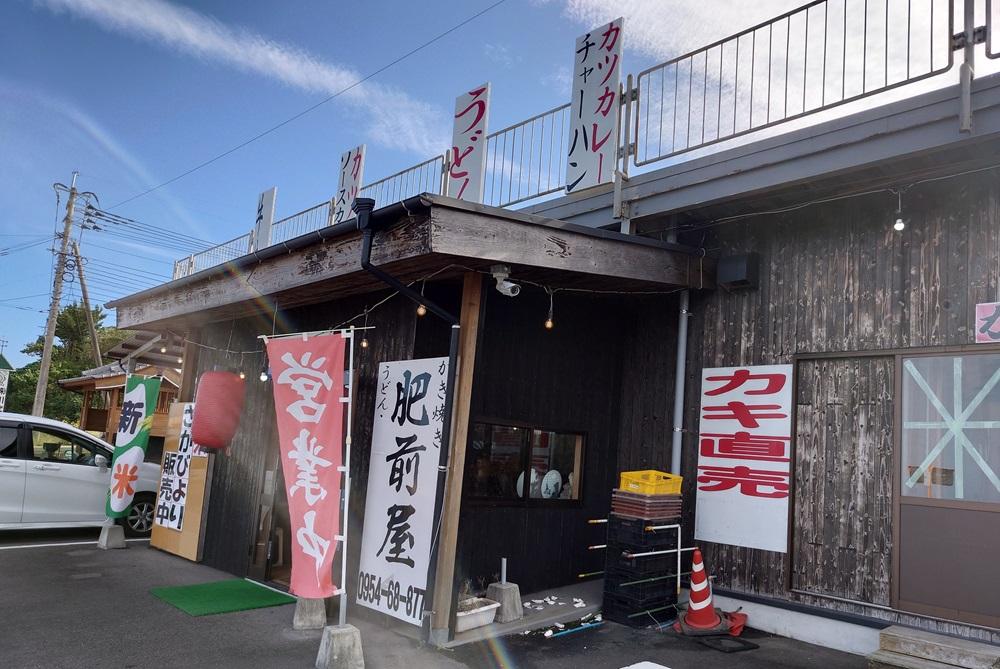
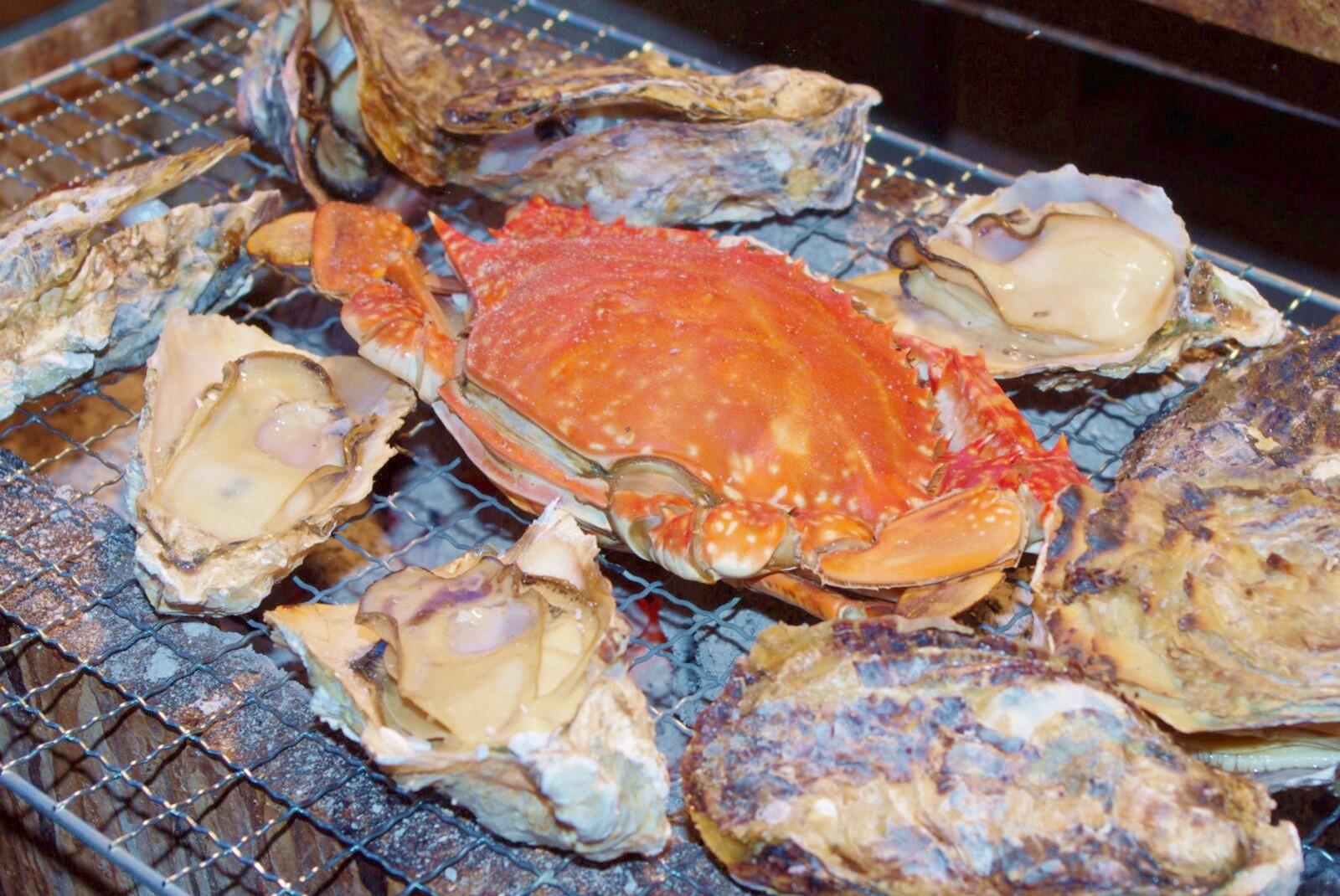
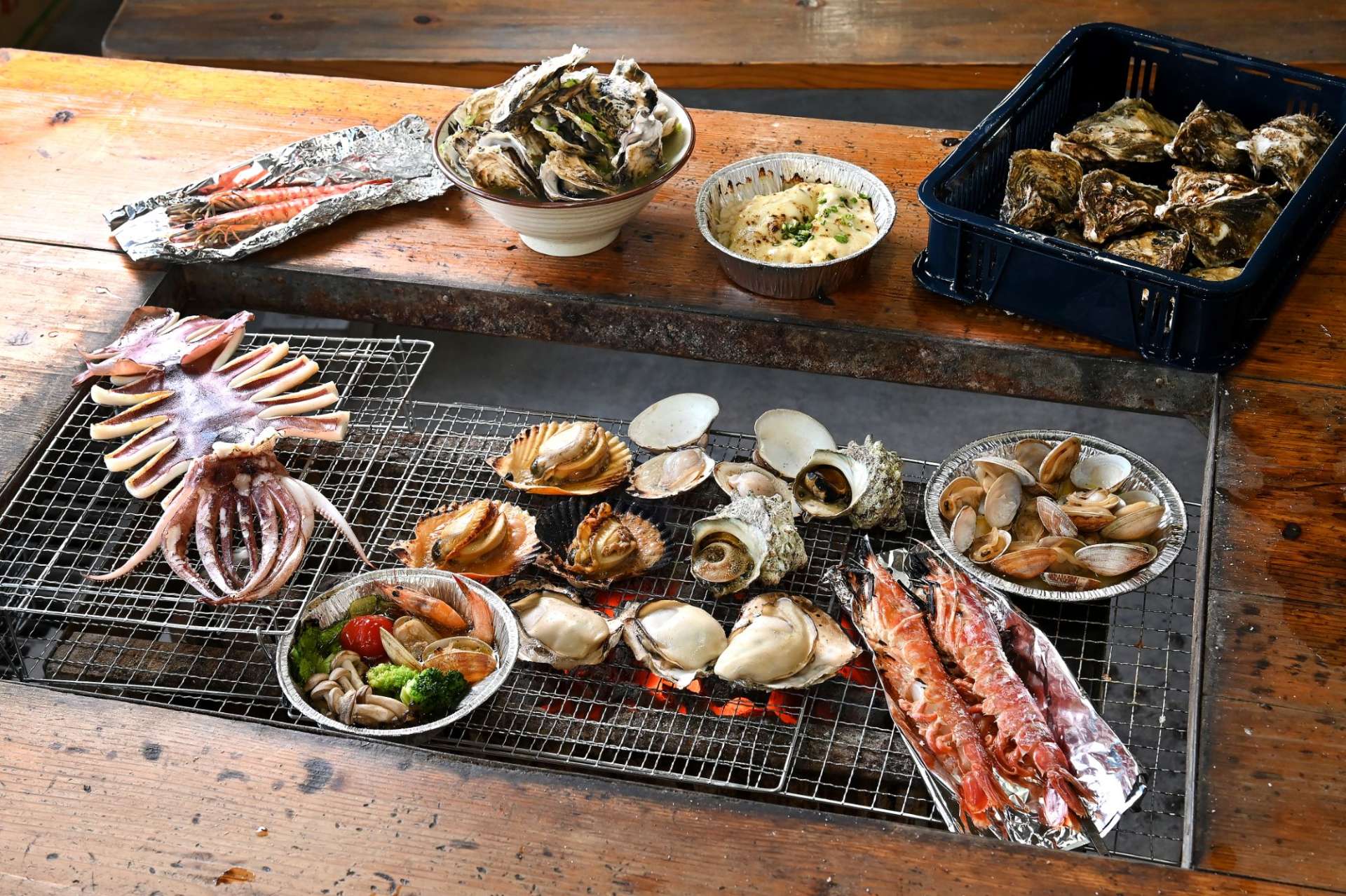
In addition to oysters, Takezaki crabs, another specialty of Tara, as well as other marine products such as clams, prawns, and clams, sausages from a local ham factory, and wagyu beef are grilled over charcoal and eaten with great gusto. There is even a Takezaki crab miso soup. It's irresistible. I can't stop grilling. The chopsticks just won't stop.
Takezaki crabs are also not to be missed!
The bright red crabs will increase your appetite!
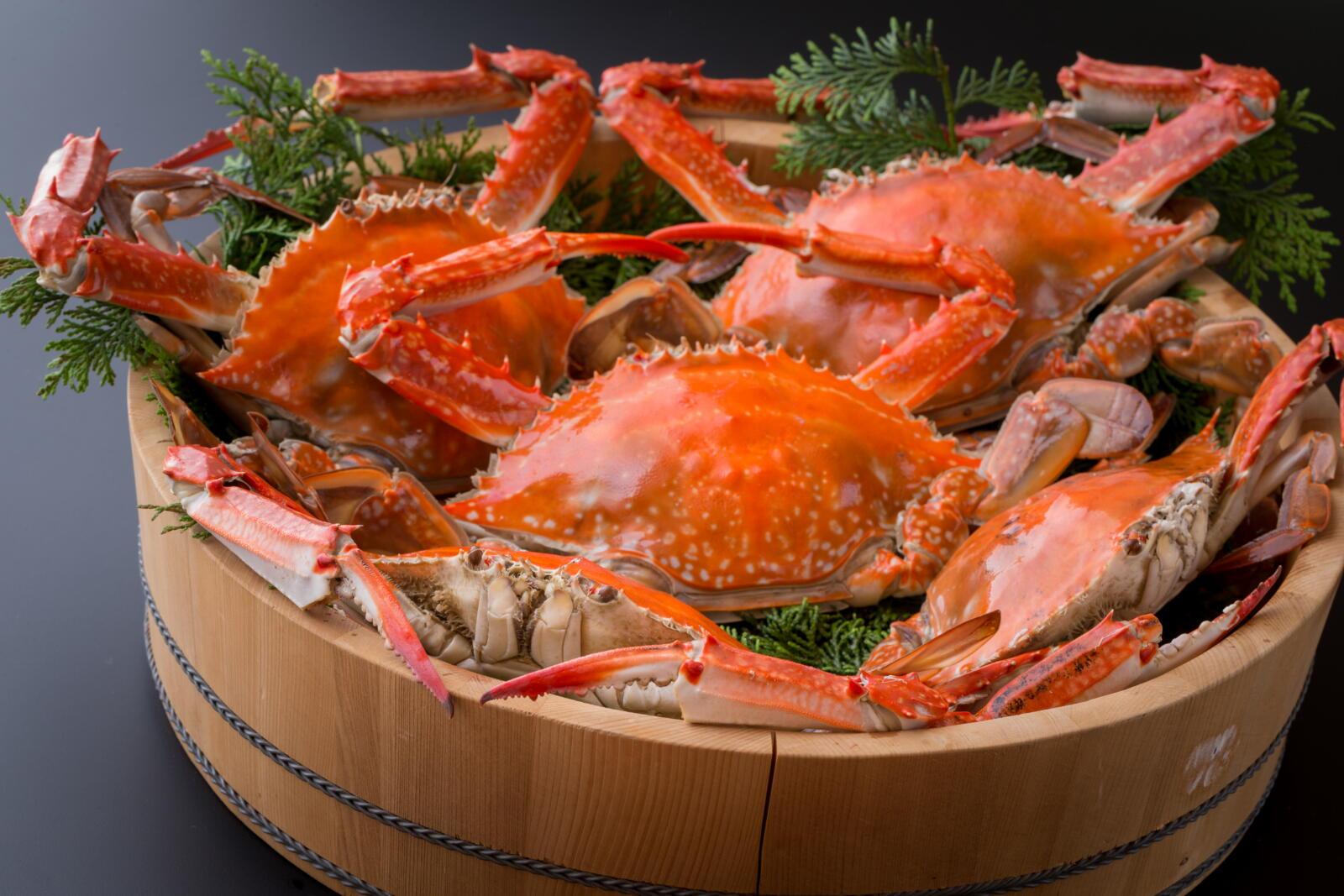
01.jpg)
01.jpg)
Driving down National Route 207 toward the oyster roasting shacks, one is bound to see signs for oyster shacks, as well as Takezaki crab restaurants and banners. You can eat Takezaki crabs at the oyster shacks, but for a full meal, the specialty restaurants and the inns in the Takezaki hot spring resort area in the southernmost part of the town are very attractive. Takezaki crabs are a type of blue crab, and the female crabs are delicious from winter to early spring. The male crabs are in season from spring to late fall. Therefore, female crabs can be tasted during the oyster roasting season. Female crabs (above/left side of PC screen) have longer carapace and shorter scissors than male crabs. The female crabs at this time of the year have plenty of eggs, and are therefore full of nutrition. Therefore, they are well nourished. You can buy Takezaki crabs along with oysters at Roadside Station Tara.
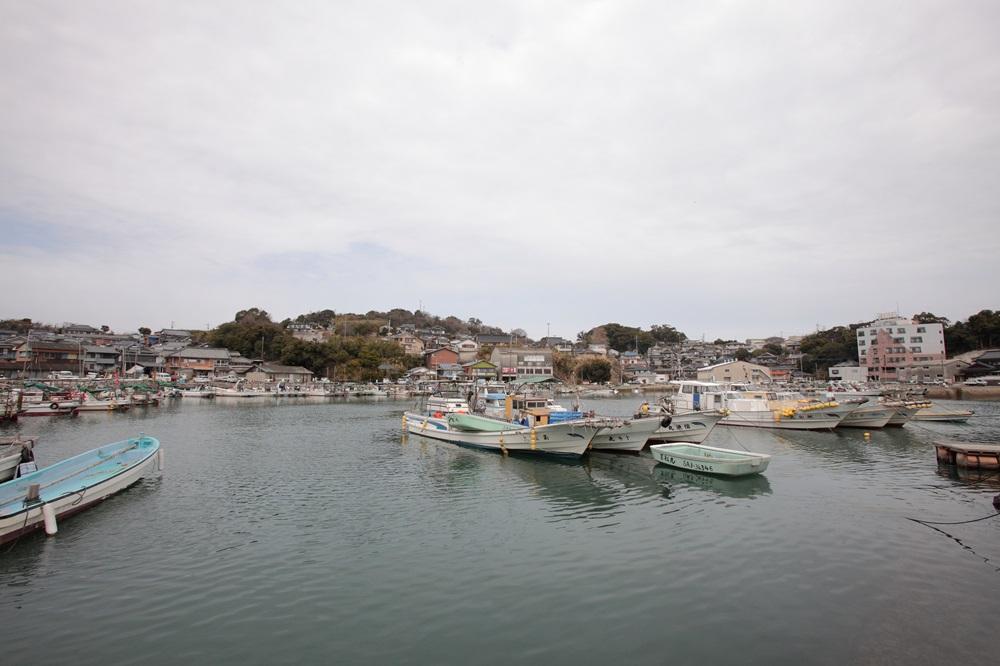
Unlike king crabs and hairy crabs, the Ariake Sea is an ideal habitat for blue crabs, which live in warmer waters. Moreover, the tidal flats, which have a large difference in tidal range, are rich in plankton, which are fed by the rivers flowing into the flats. For this reason, blue king crabs caught offshore of Takezaki have long had a reputation. The Takezaki area was originally an island called "Takezaki Island" connected to the land by a short bridge. There is a hot spring resort, known as "Tara Takezaki Onsen" (Tara Takezaki Hot Springs).
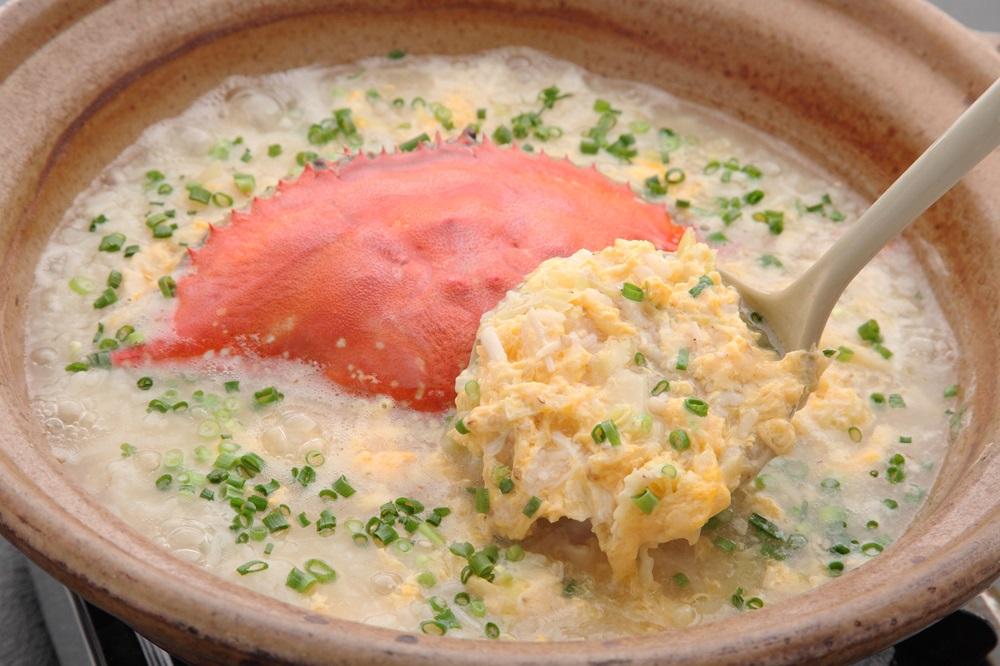
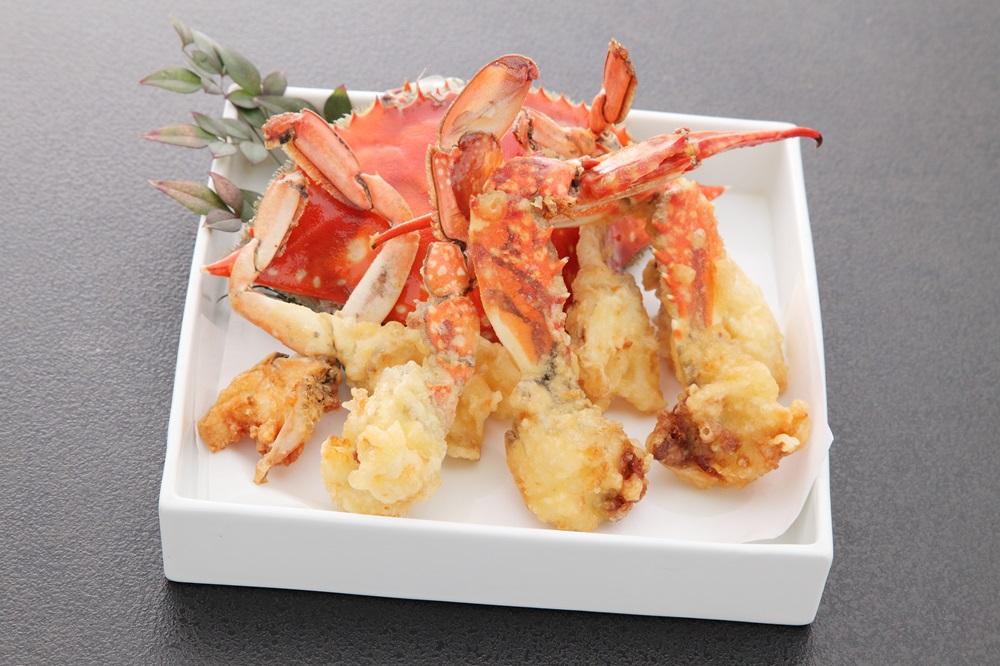
Before the war, crabs landed on the island were shipped to Isahaya City in Nagasaki Prefecture. A man who insisted on processing and selling the crabs on the island started a crab restaurant and built a road connecting the island and the land. He also invested his own money to dig up a hot spring and developed it into the "Taratakesaki Hot Springs" with its hot spring inns and crab dishes. This man's name was Ishida Jinichi. He single-handedly transformed the island from a rustic fishing village into a tourist destination. With a passion as red as the crabs.
And now you can enjoy Takezaki crab dishes at a day spa or overnight stay. Crab is the standard main course of kaiseki cuisine. Boiled crab, crab hot pot, crab porridge, crab tempura, sashimi, grilled crab.... Crab miso is also rich, and, ah, it is irresistible! If you have an idea, you must go to Tara!
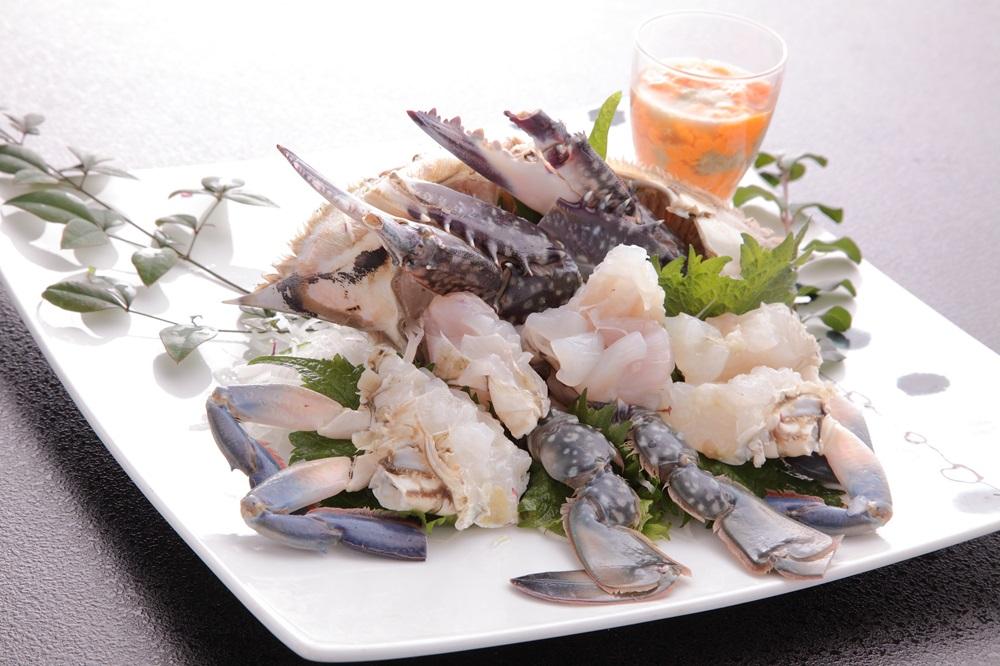
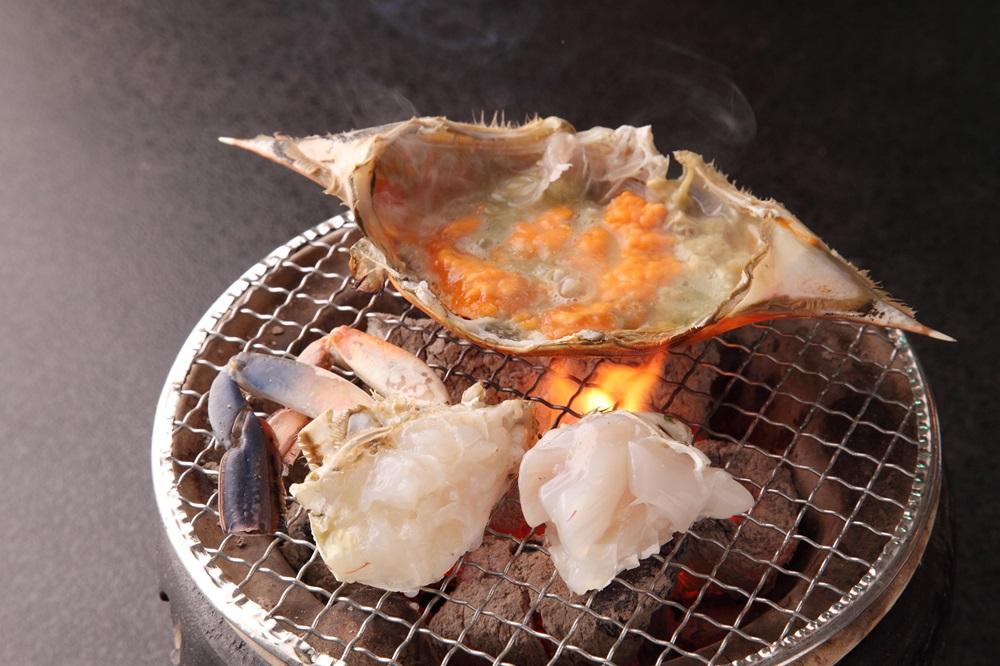
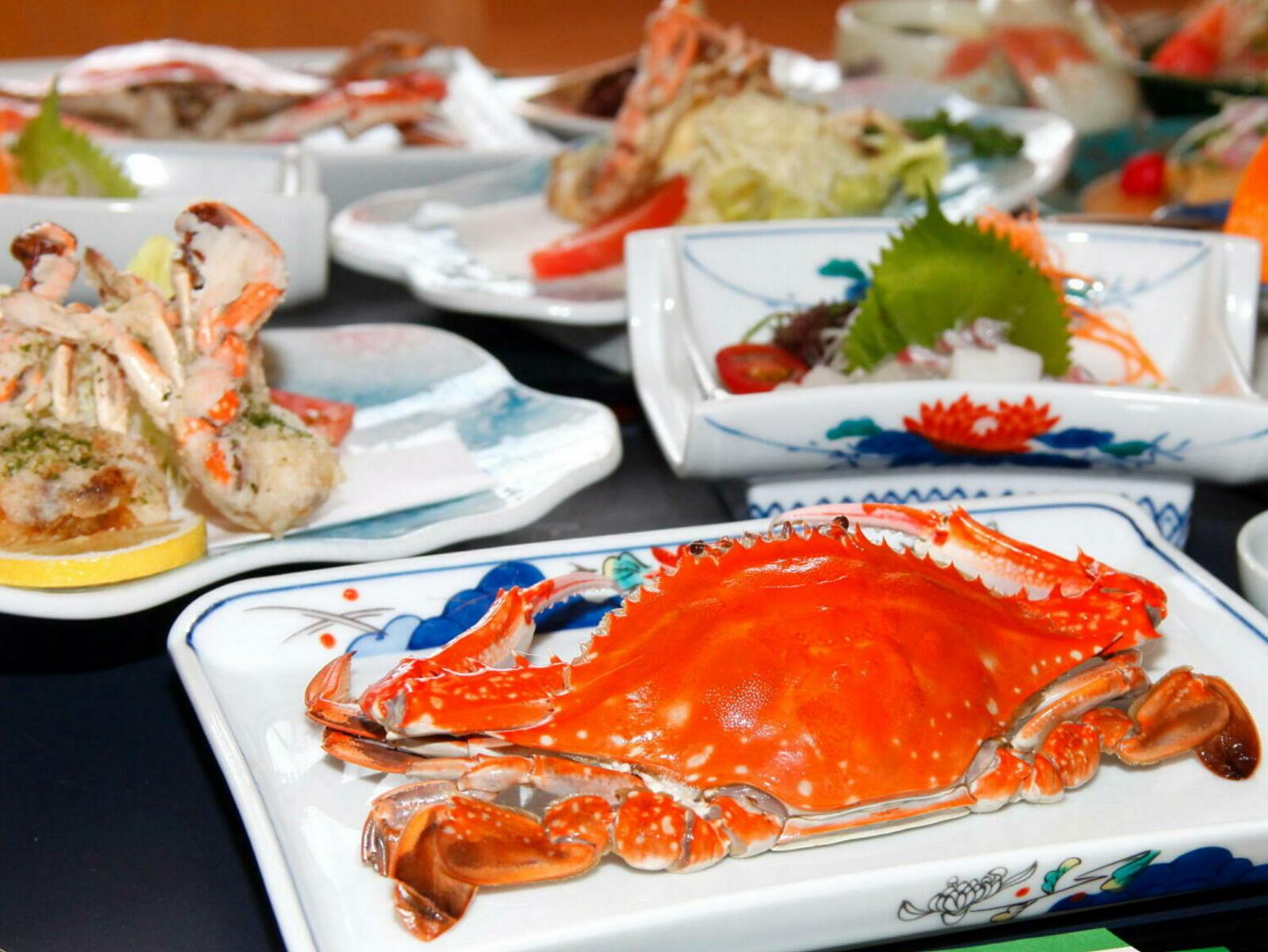
Tara Town Tourist Association
| Location | 3488-2 Ifuku, Tara-cho, Fujitsu-gun, Saga Prefecture (on the premises of Roadside Station Tara) |
|---|---|
| phone | href="tel:0954-67-0065">0954-67-0065</a> |
| Business Hours | 9:00-18:00 |
| business holiday | January 1-3 |
| Access | Approximately 45 minutes from Takeo Kitagata IC of Nagasaki Expressway |
| Tara Town Tourist Association Official Website | |
| supplementary information | Related URL:. https://tara-kankou.jp/ |

